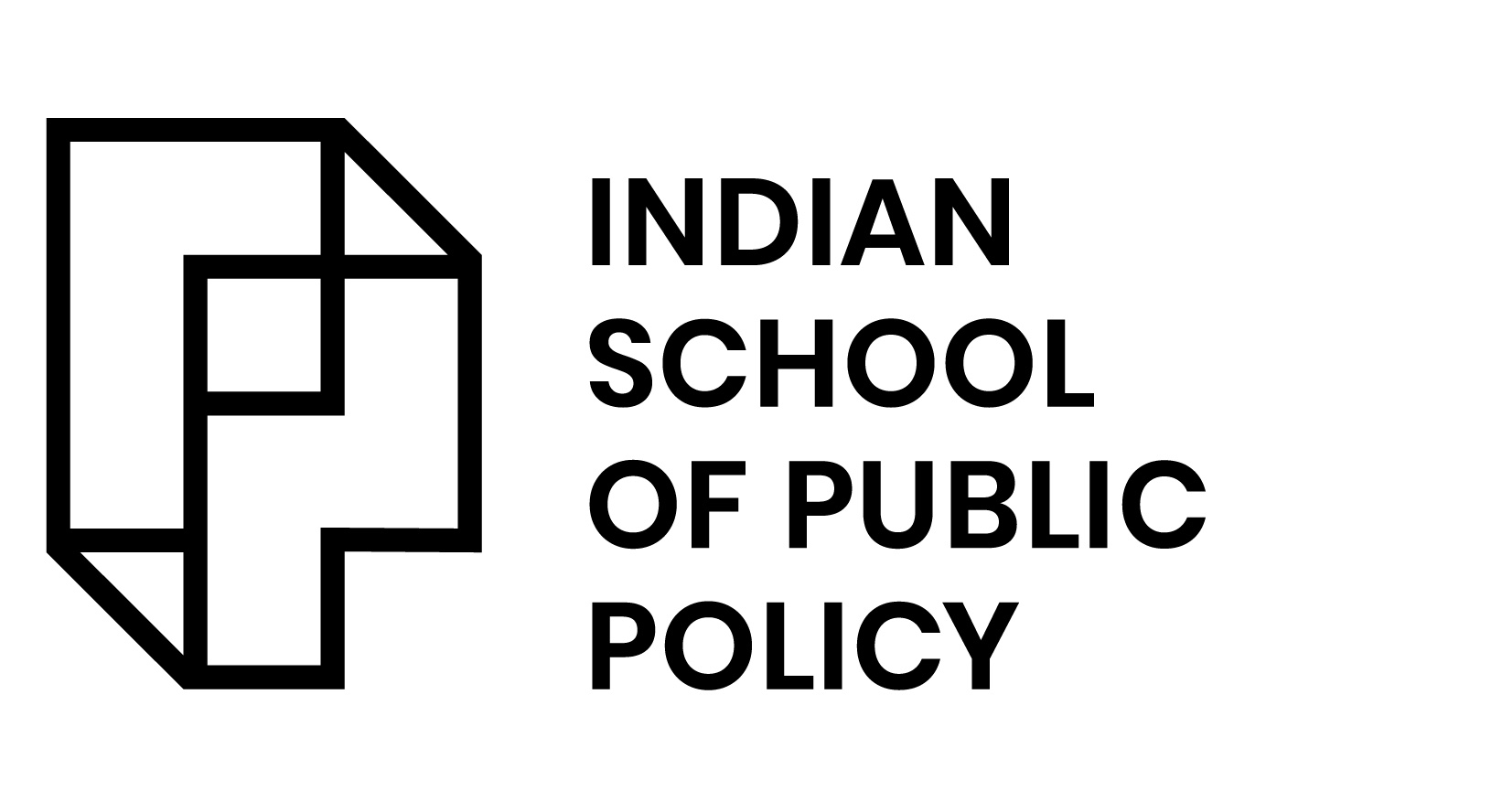
Tackling COVID-19: The Need for Effective Capacity Utilisation of Health Professionals

In India, the labor market in the healthcare sector runs in acute supply shortage. The doctor-patient ratio is 1:1248 and there are only 1.5 nurses available per thousand patients. Public health capacity is inadequate and mostly asymmetrically distributed across states. While there are 38.3 government hospitals for a million people in Kerala, there are only 6.8 government hospitals against a million people in Uttar Pradesh.1 This can be a cause of worry, if the coronavirus infection spreads rapidly in states with inadequate and compromised public health infrastructure.
Since health is a state subject under the Constitution of India, how quickly and effectively the battle against Covid-19 will be won will depend on individual state capacity. However, the eradication of the disease from the country will require horizontal and vertical support across states and from the center, respectively, through an efficient and effective utilisation of healthcare workers. To this effect, two changes, inter alia, are essential.
The first: Extensive investment in provision of PPE to all health workers on priority
Recently, instances of doctors using raincoats and helmets instead of prescribed personal protective equipment while testing and treating Covid-19 patients have been reported.2 Doctors all across the country have raised their concern about shortage of adequate protective equipment in the hospitals. 90 healthcare workers have been tested positive for coronavirus already and are undergoing treatment.3 The urgency in ensuring safety of all healthcare workers can be explained through basic high school math.
Let’s say:
- A healthcare worker in India works for 12 hours a day, which is their average duration for work under normal circumstances. This number is expected to be higher during the pandemic.
- Once a healthcare worker tests positive for coronavirus, he/she will have to spend at least 14 days in quarantine and will be unable to serve on the field.
- The probability of a healthcare worker getting infected without adequate protective equipment is likely to be very high, given the highly contagious nature of the disease. Let’s assume this as 0.9.
- Then, the expected value of lost doctor duty hours would be 151.2 (0.9*12*14), i.e. 6.3 doctor duty days (151.2/24).
Proper personal protective equipment with headgear, goggles, face mask, gloves and body cover will lower the probability of doctors getting infected. If this is provided, the probability of the doctor getting infected drops to, let’s say, 0.3.
Now, the expected value of duty hours lost due to infection will be 50.4 (0.3*12*14) i.e. 2.1 days. As we can see, provision of high-quality PPE in sufficient quantity is likely to ensure their safety and at least 4 extra duty days per healthcare worker.
If 90 doctors have already tested positive and have been quarantined, this means we are going to lose 15,120 doctor duty hours. Simply explained, at least 630 (15,120/24) doctor days of labor. Furthermore, this number can be higher depending on the degree of infection and the ability of the body to fight it. Extra space capacity for quarantines and hospital beds may need to be acquired too. In some cases, it may cost us the lives of doctors. Given the current situation, this can lead to a crisis as India does not have the bandwidth to lose existing health professionals amid persistent supply shortage in the market.
According to Reuters, India would need 38 million masks and at least 6.2 million PPE kits to fight the global pandemic.4 However, the government is struggling to expand in-house capacity to meet the existing demand because of lack of raw material and insufficient machine capacity amidst import constraints during global lockdown. Given the present resources, India can ramp up its capacity to supply 30 thousand kits per day which will be far below its requirement of 100 thousand kits per day. N95 mask production in the country also remains lower than the required target. Further, 50 thousand out of 170 thousand kits imported from China have failed quality tests at Defense Research and Development Organization (DRDO).[5] In an emergency like this one, the government should purchase the entire domestic produce and adopt channels of effective redistribution. Limited supply will require the government to prioritize the use of N95 masks for those personnel who are at the highest risk of contracting infection. Use of N95 masks should be banned among all individuals except health professionals. The government must enable partnerships with varied textile manufacturers who produce raincoats and other leisure waterproofs as the hot air seam sealing machinery used to stitch these fabrics is the same as used to stitch PPE suits.
Provision of personal protective equipment for healthcare workers should be the top-most priority of the government. Social and risk costs associated with non or inadequate provision of PPE are likely to be much higher than their purchase price. If hospitals are a war field, the safety of our health professionals with high-quality defense (in this case protective) equipment will be a prerequisite to win the war. If we keep losing doctor duty days amid furious spread of infection, the risk of high mortality and slow recovery among infected patients will also rise due to poor treatment.
The second: relieve final-year junior residents and deploy them on the field with more freedom and mobility
Incidence of Covid-19 infection in India has coincided with the examination time of nearly 50,000 final-year junior residents. The Medical Council of India has currently authorized institutions to conduct examinations whenever they deem fit but keep the workforce on backup until a new batch of first year students joins.6 The issue here is that not all private institutions are testing and treating patients of Covid-19. Also, all other healthcare services have been suspended as resources are focused on battling with the pandemic. Hence, this subset of healthcare workforce in private institutions is underutilized and sitting on idle capacity in times when there are hospitals across states facing shortage of healthcare staff.
This workforce can be relieved of their home institution and liberated to work in areas of acute shortage to work as senior residents, without a formal examination, under two conditions:
- If the district is not a hotspot of infection
- If the private institution is not managing Covid-19 patients
All the other final-year residents in private and government institutions, serving on the field must be relieved of their examination and their duty should be considered as a test of their competency. This will shed the additional burden of examinations currently on their shoulders and motivate them to serve with full resilience. Italy scrapped examination of final-year residents to address the shortage of doctors. This brought additional 10,000 doctors on the field to fight Covid-19.7 While India is nowhere close to Italy in the number of cases, a delayed decision can cost India more lives than it otherwise would.
Conclusion
The need of the hour is to set the right incentives for healthcare workers to ensure they don’t shirk. Lack of safety and added mental stress can be detrimental to their duty. Moreover, efficient deployment of doctors and interns will help the country overcome shortage on the field and cope with acute imbalances in healthcare infrastructure across states.
- Open Government Data (OGD) Platform, India
- “No equipment in sight, doctors fight coronavirus with raincoats, helmets”. Economic Times, March 31 2020
- “90 doctors including health-care workers tested positive for COVID-19 across India so far: Sources”. Times Now News, April 12, 2020
- Kalra Aditya, Devjyot Ghoshal, “India needs at least 38 million masks to fight coronavirus”. agency document, The Reuters, March 28, 2020
- “After 50,000 PPE kits from China fail quality tests, India ramps up in-house production”. Business Insider, April 16, 2020
- Mehra Anupama, “COVID-19: MCI releases advisory for final year PG students”. Shiksha.com, April 8, 2020
- Amante Angelo, Balmer Crispian, “Italy rushes new doctors into service as coronavirus deaths rise above 2,500”.Thomson Reuters, March 17, 2020


